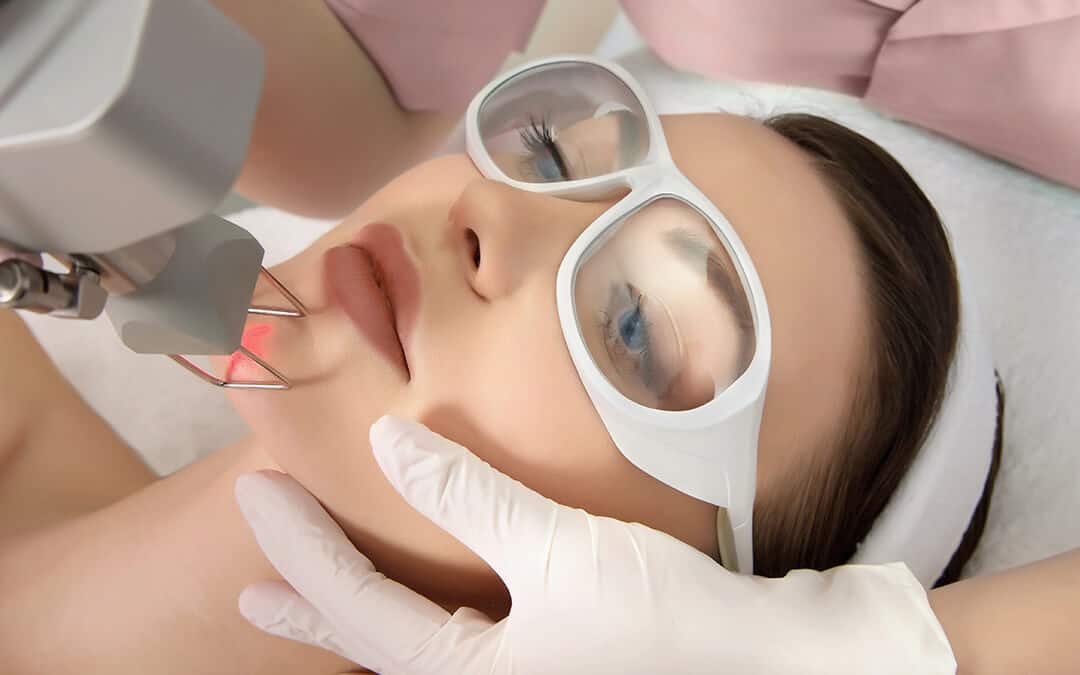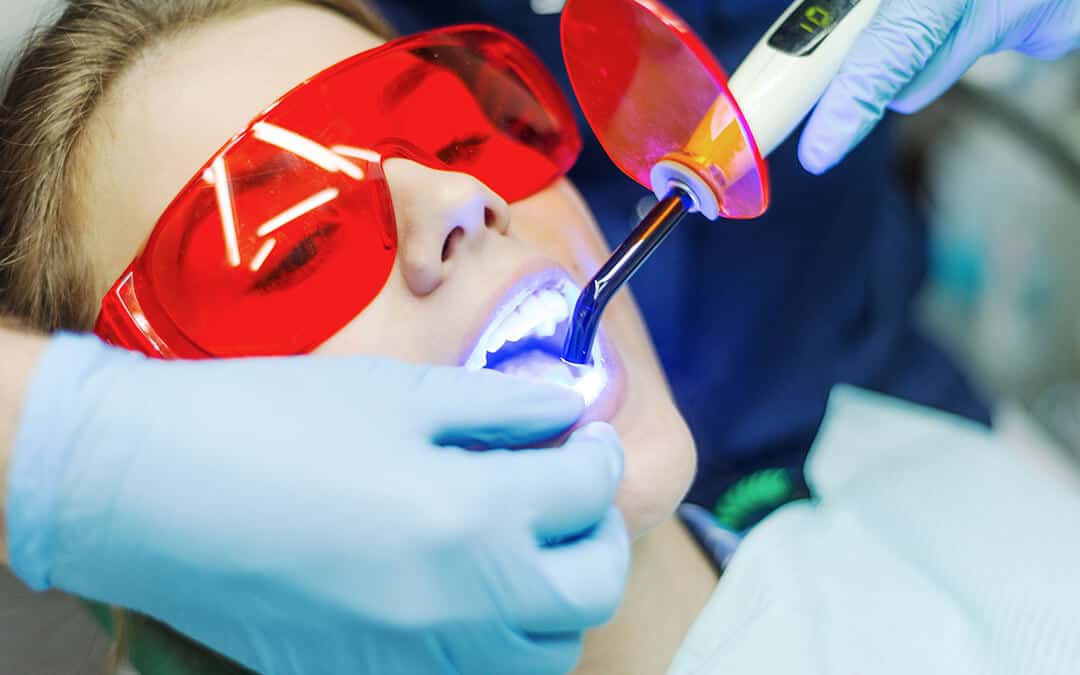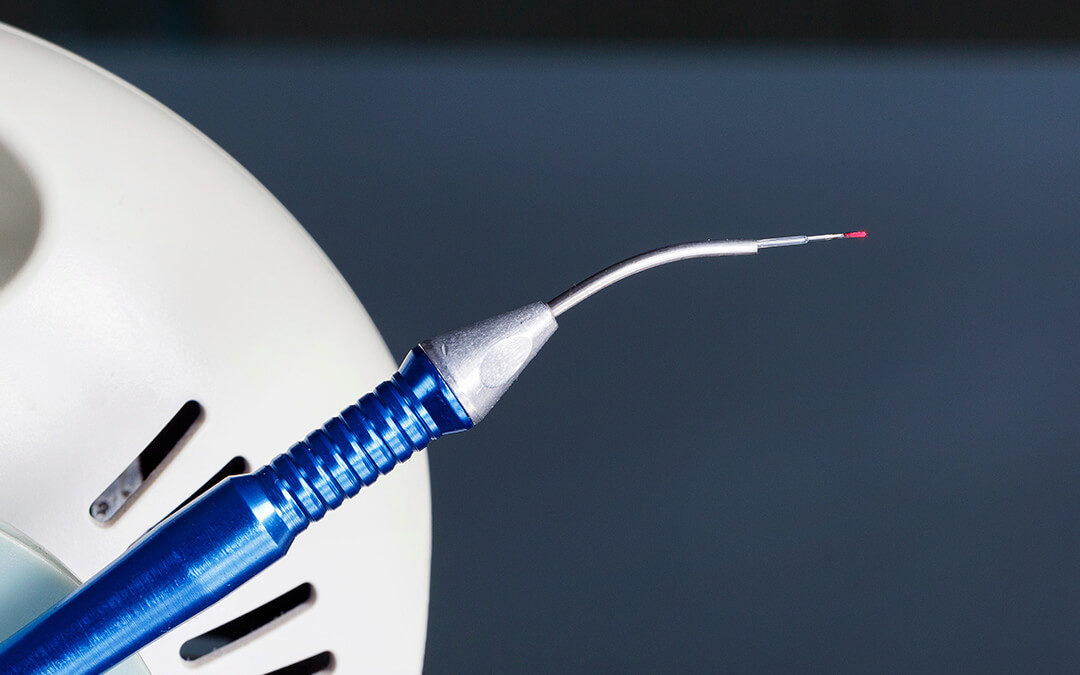Who doesn’t love a good lightsaber fight? Turns out lasers aren’t just helpful in Star Wars; they’re helpful in the real world, too. Today, these “lightsabers” or carbon dioxide lasers (also known as the CO2 laser) are an actual reality in many surgical procedures across fields of medicine. The same gas you exhale can be used in laser form for a variety of clinical purposes. These purposes range from laser resurfacing in dermatology to unparalleled accuracy in cutting techniques in surgical centers to reducing the need for sutures in dentistry.
Dentists Are Using Cutting-Edge Carbon Dioxide Lasers
Although the carbon dioxide laser has traditionally been used for only soft-tissue surgery, today there is a newcomer on the scene of laser surgery. This laser is smaller and more adept at different tissue types. It has a great capacity to be put to work on not only soft tissue but also on hard tissue (think: bone and tooth enamel). Recently, according to “Use of Lasers for Minor Oral Surgery in General Practice,” the FDA approved a 9300-nm CO2 laser “for the cutting of both hard and soft tissues in intraoral locations” for use in dentistry.

Dermatologists Are Using Carbon Dioxide Lasers to Resurface Skin
In the dermatology office, lasers are being used for skin resurfacing. How does the CO2 laser work in this procedure? According to U.S. Dermatology Partners1:
Thin layers of skin are vaporized using a high-energy beam of laser light. This creates a “controlled injury” to the skin: as the skin heals, it produces collagen as a natural part of the healing process, which restores the skin’s elasticity.

It should be noted, however, as with any medical procedure, there are always risks, as well as side effects. According to the article “Laser Skin Resurfacing: Ablative and Non-ablative,” carbon dioxide laser skin resurfacing can produce side effects that are related to “many different variables such as the expertise of the laser surgeon, the body area treated, and the skin phototype of the patient.”
Despite the varied risks and side effects, a carbon dioxide laser is a tool that has stood the test of time. As the Journal of Cutaneous and Aesthetic Surgery2 notes, “For a true surgical dermatologist, there are few better cutting and ablative modalities than the CO2 laser.”3
Learn more about CalOx’s carbon dioxide products for dermatology and dentist offices, or contact us today.
1. https://www.usdermatologypartners.com/service/co2-laser-resurfacing/
2. https://www.ncbi.nlm.nih.gov/pmc/articles/PMC3884879/
3. Madan, Vishal. “Dermatological applications of carbon dioxide laser.” Journal of Cutaneous and Aesthetic Surgery vol. 6,4 (2013): 175-7. doi:10.4103/0974-2077.123393
